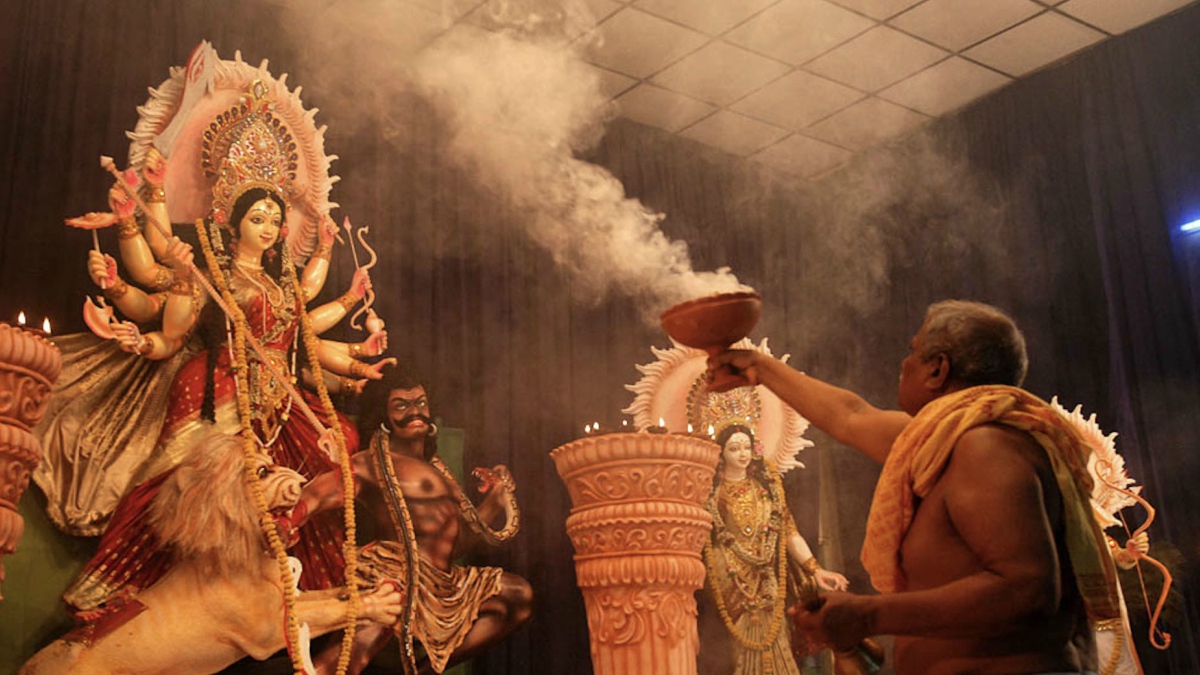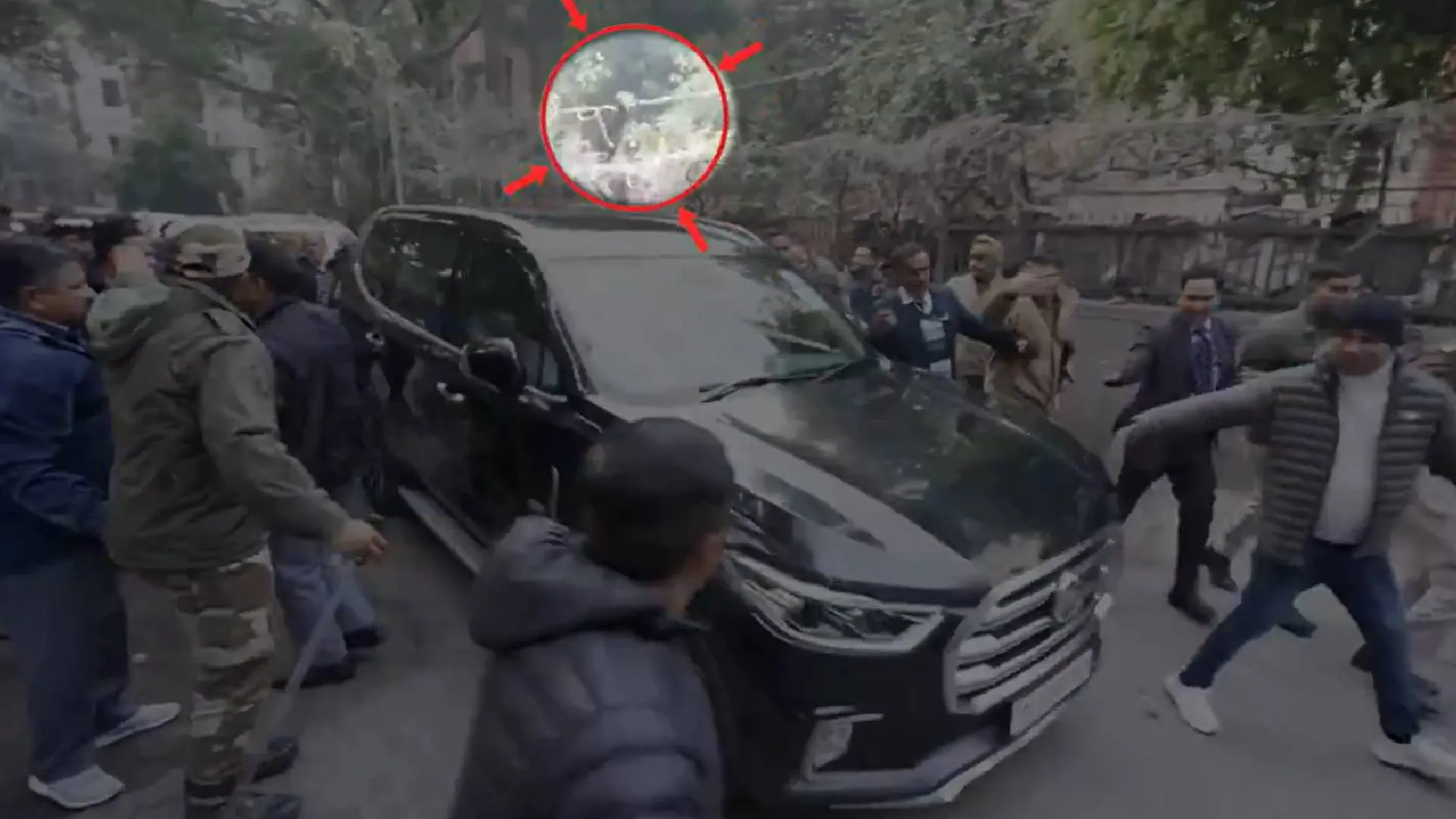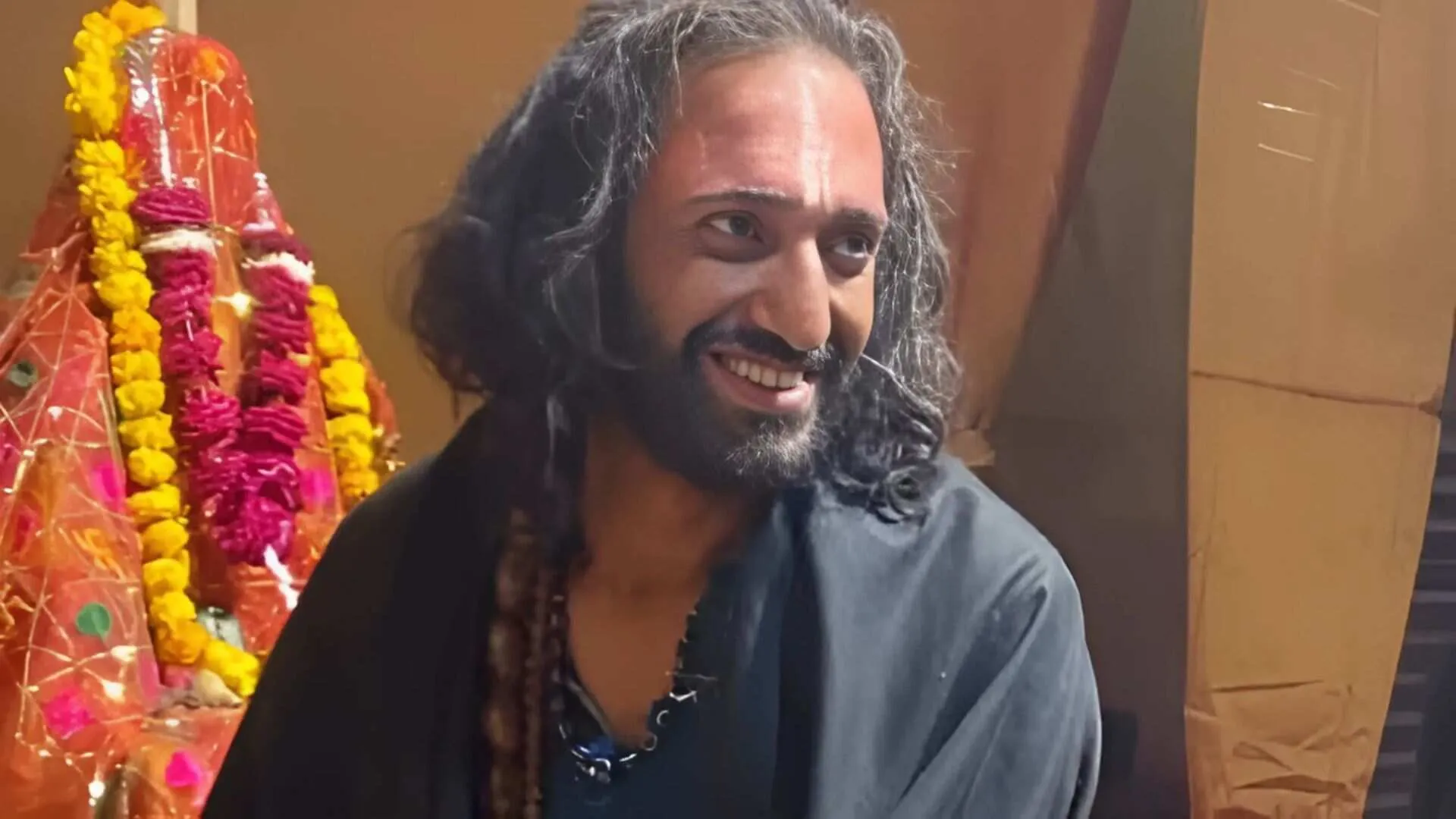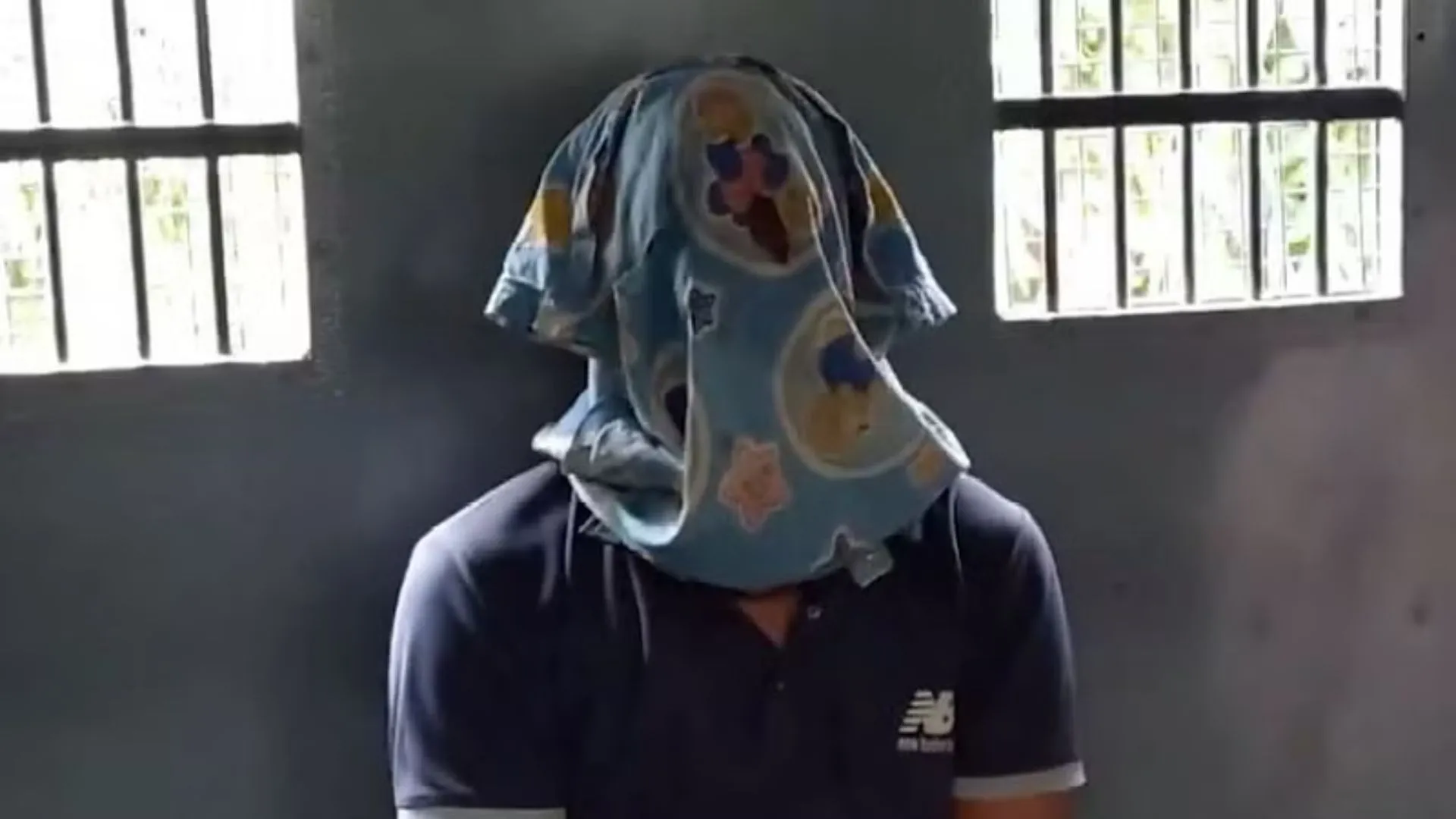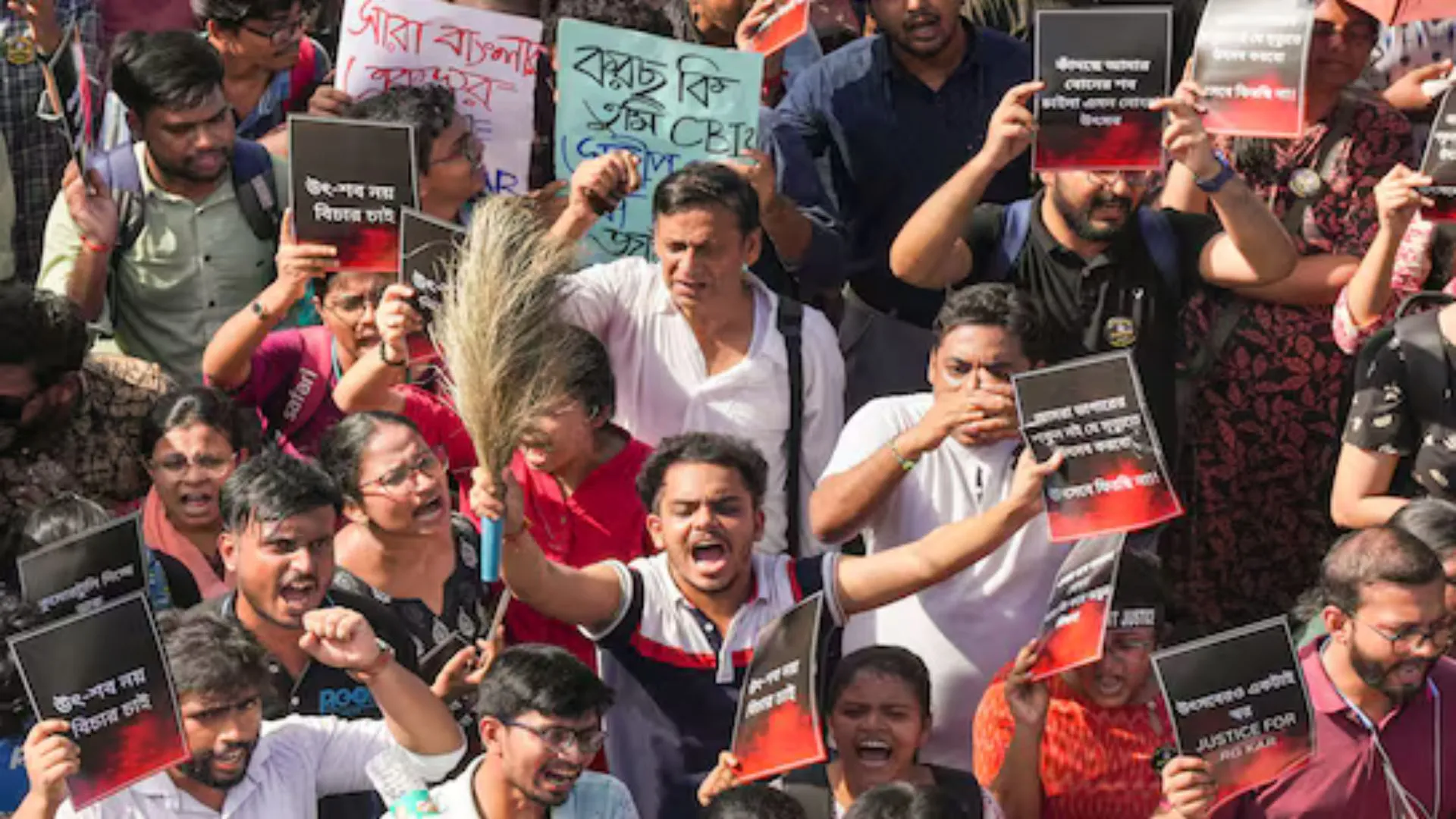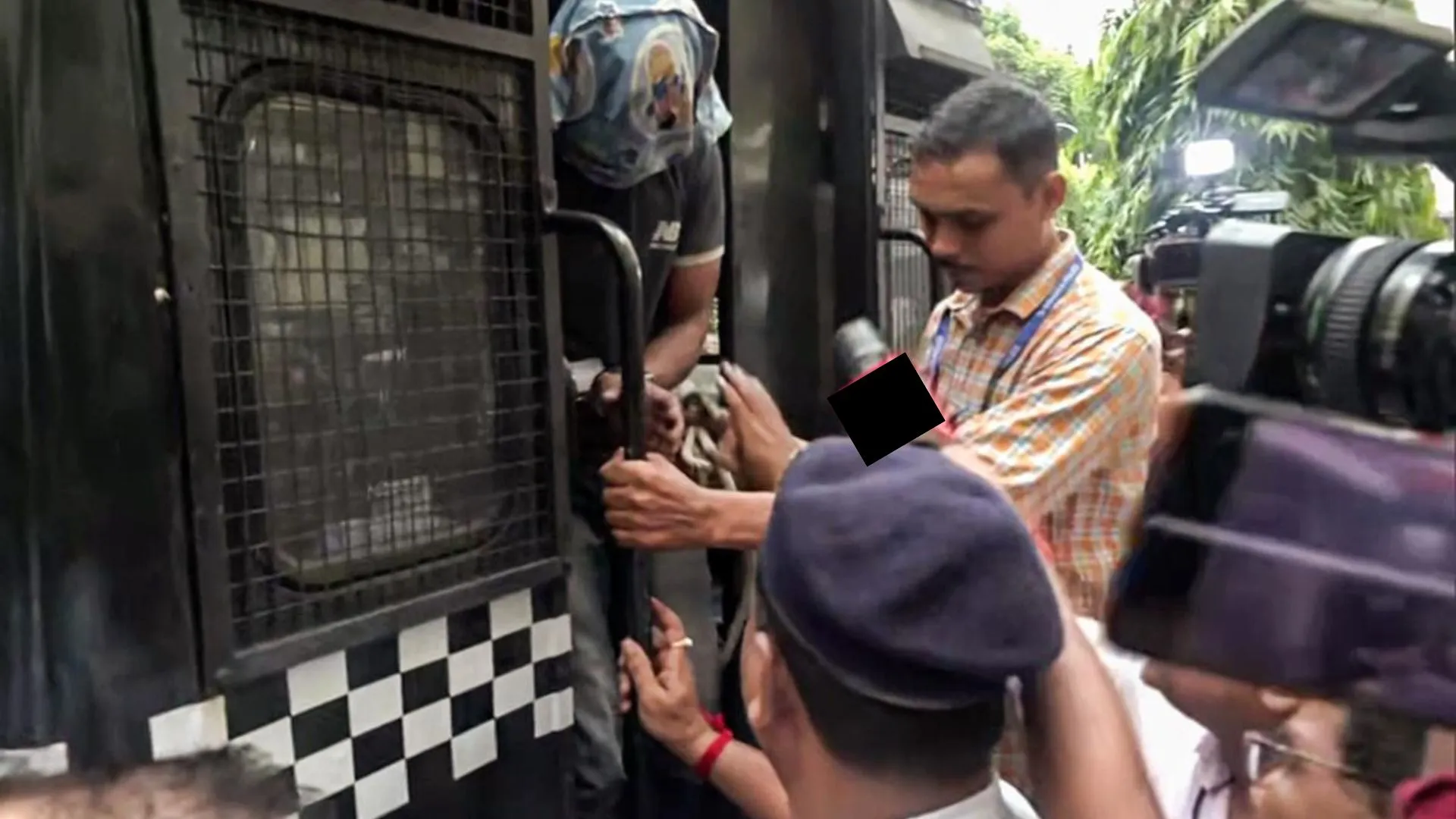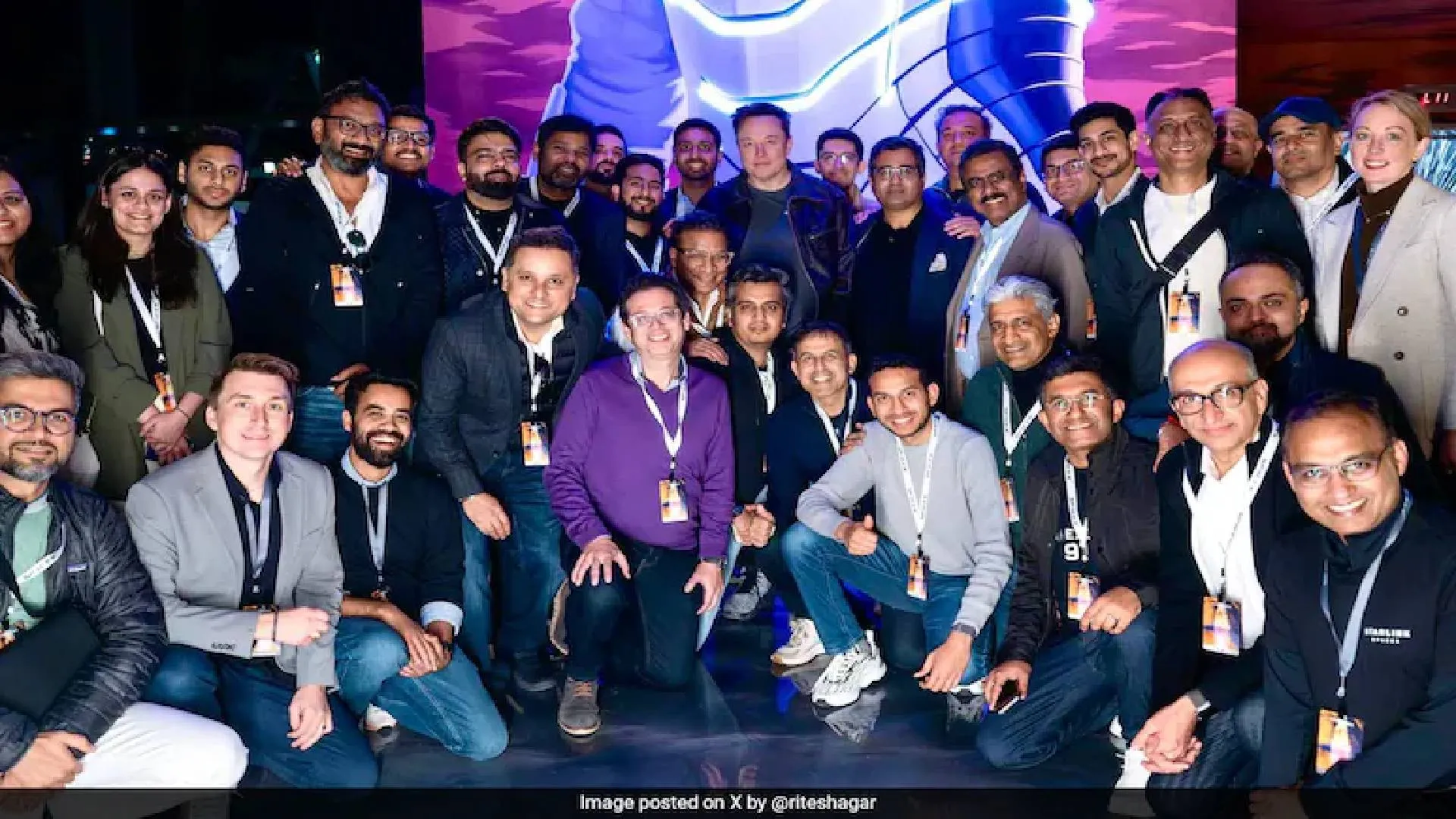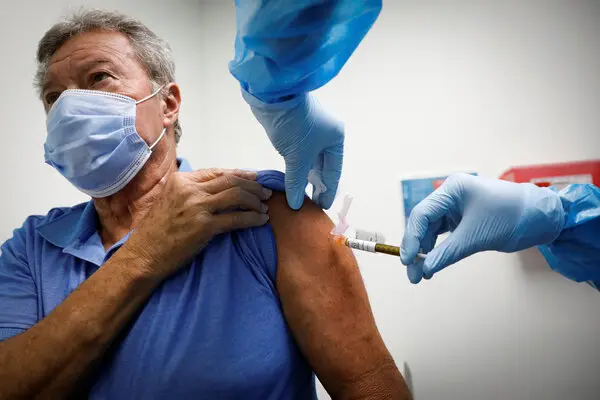Durga Ashtami or Maha Ashtami fell on October 24 this year. This time it was celebrated in beautifully decorated pandals (known as medha in Odia) albeit with many restrictions due to the Covid-19 pandemic. The pandal rituals usually start from Maha Sashthi or the sixth day of the lunar calendar and continue for 4 or 5 days until Vijaya Dashami, also called Dassehra in Odia. While this form of Devi worship is famous today, there is also the ancient way of celebrating Sharodiya Utsav, carried out in the Shakta temples of Odisha.
SHODASA DINATMAKA PUJA
Shodasa Dinatmaka Puja is a millennia-old ritual, which starts from Mulashtami, seven days prior to Mahalaya, and continues for 16 days, till Durga Ashtami and Vijaya Dashami. It is carried out in all the Shakti Peethas of Odisha, which are regarded as manifestations of the Divine Mother in different forms. This festival symbolises the invocation of this feminine divinity.
There are several variations in the rituals across temples in Odisha. In Chandi Mandir of Cuttack, the Devi is attired in 16 different forms for each day, namely, Bhubaneswari, Matangi, Sodasi, Narayani, Rajarajeswari, Jayadurga, Ugratara, Harachandi, Banadurga, Tripura Bhairabi, Gayatri, Bagalamukhi, Mahakali, Mahalaxmi, Maha Saraswati and Mahisa Mardini. These different attires (called besa in Odia) are quite similar in the other peethas, including the Vimala temple in Jagannath Puri. Elaborate havans also take place every day along with Chandi Paatha or the chanting of Durga Saptashati and its appendages. The Tarini temple in Ghatagaon, Jhankada Sarala Devi Peetha in Jagatsingpur and some other Devi temples see the tribes and traditional deuri jati, instead of Brahmin priests, worshipping the deity. This practice is not uncommon in Odisha, as, the Grama Devi in many villages is worshipped by deuri jatis or barika jatis (barber caste).
DIFFERENCE THIS YEAR
The Navaratri or Durga Puja usually starts post Mahalaya. Mahalaya falls on amavasya (new moon) and is the last day of the Pitru Paksha, which is the period when offerings are made to one’s ancestors. However, this year, the month after Mahalaya had two full moons, called a Mala Masa in Odia, which is considered inauspicious for any sacred rituals. This happened last in 2001. As a result, Durga Puja was shifted by a month after Mahalaya, which led to the peculiar situation where the 16-day elaborate ritual was observed for 8 days till Mahalaya (September 17) and then extended by a month. Therefore, the attires of the various forms of the Devi were resumed from October 17, continuing till the 26th or Vijaya Dashami. However, rituals like Chandi Patha and havans were continued for 45 days.
OLD RITUAL OF PASUBALI
A few decades earlier, pasubali or animal sacrifice was carried out in many of these Shakta temples, which lost its appeal after a social movement against the practice in the late 1970s. Many temples like Chandi Mandir in Cuttack, Bhattarika in Baramba, Tara Tarini in Berhampur, Samaleswari in Sambalpur, Bhadra Kali in Bhadrak, Mangala in Kakatapur, and Sarala in Jhankada stopped it too. In lieu of that, vegetables like pumpkin are cut and offered to the deity now.
However, away from public glare, pasubali is still carried out in Manakeswari Devi in Kalahandi district during “Chattar Jatra”. In Jagannath Puri’s Vimala temple too, the tradition of sacrificing two male goats at night, after the temple premises are closed for the public, continues.
DYING ARTS AND TRADITIONS
This 16-day Shodasa Dinatmaka was earlier celebrated in many villages in their respective Grama Devi temple premises. Different jatis had their own roles to play in the grand celebrations, including the performing of folk dances like the bagha nacha (tiger dance), ghoda nacha (horse dance), medha nacha (a masked dance), patua nacha, etc. Local theatre forms like the Daskathia and Pala were also popular. Sword fighting was prevalent in villages with the Paika community, and certain castes also held Khanda Puja or sword worship on Maha Navami. Bullock cart races were also organized, which is still alive in the coastal village of Chandrapur.
There was also the system of Dasahara bheti, where jatis like the potters, barbers, goldsmiths, weavers, and carpenters went from house to house with their instruments and collected grants and gifts. The traditions of shloka chanting, performance arts, music, and fairs engulfed villages in a festive fervor. But these have been lost to the advent of modernity and new market forces, and most of these traditions are now parochialised only to the Shakti Peethas where they are maintained by a few priests and devotees.
POPULARITY OF DURGA MEDHA
At the same time, the universalisation of the 5-day pandals or medha of an earthen deity has become popular. The worship of an artistic earthen deity, the Simha Bahini with ten hands, slaying the Asura king, Mahisha, started in the 11th century by the princely houses of King Chodanga Deva of the Eastern Ganga dynasty in present day Puri. This festival, known as Gosani Yatra locally, is still practiced in Puri. But the Sarvajanik Puja (in pandals) was started during the Bhakti movement by Sri Chaitanya Deva under the patronage of King Pratap Rudra Deva of the Gajapati dynasty in 16th century Cuttack. The oldest continuing Sarvajanik Puja in the whole world is in Odisha, in a village named Rameshwarpur in the Bhadrak district. It was started by a Mahasaya family who migrated from Howrah nearly 400 years ago, and is still held at the same venue. Netaji Subhas Chandra Bose, whose birthplace is Cuttack, also organised these popular Durga Pujas in the Odia Bazaar area to mobilise a spirit of nationalism, much like Bal Gangadhar Tilak did with Ganesh Mahotsav.
There are numerous local diversities and specialities too. For example, Cuttack has the Chandi Tarakasi Medha where the famous silver filigree work is used for the deity’s ornaments. Gold-plated ornamentation or Suna Medha is also found in Cuttack. Hara Gauri Medha are also popular here. In Jagannath Puri, one can find the confluence of Shaktism and Vaishnavism in the form of the Durga Madhava Puja. In Jajpur, where Maa Biraja Shakti Peetha is situated, an annual chariot festival takes place during this time. Meanwhile, in Jeypore, a famous night procession starting from the king’s palace, named “Patuara”, is organised on Vijaya Dashami. Early records from the era of princely rule show that these processions also had elephants and horses.
TIES WITH MOTHER NATURE
A study on the use of plants in Odisha’s Durga Puja festivities also elaborates on the 102 species of plants which are used specifically in Durga Puja rituals. Various plants and flowers correspond to deities and their characters, for instance, the association of Devi Durga with the leaves of the bael tree and red hibiscus flowers. These traditions reflect how closely the conservation of nature is tied with socio-religious life of Odisha’s people.
In many Durga Medha, before Devi Durga is consecrated, the priest uses different types of soil sourced from the base of the tulsi plant, the peepal tree, the bael tree, paddy fields, the banks of Ganga, from burial grounds, carrying an elephant and cow’s footprints, the soil used by shilpakaras and soil from prostitutes’ houses. Cow urine, cow dung and water from the Ganga are also used. All of these elements have their symbolic and sacred meanings, and signify the inclusive and diverse nature of the ancient traditions of Odisha.
EVOLVING TRADITIONS
Nowadays, the puritan forms of such rituals have been degraded in favour of more conspicuous celebrations. Some people complain of the blaring movie songs in Durga Medha and the intake of intoxicants during Bhasani or the immersion procession.
Another major event is Ravana Podi (burning) on Vijaya Dashami. Thousands of ten-headed Ravanas are made with firecrackers and installed in open fields. They are lit in evening to celebrate the triumph of good over evil. However, this event is a result of the diffusion of cultures from outside Odisha. There was hardly any Ravana Podi 50-60 years ago in the state.
Basanti Puja, another Durga Puja celebrated in basanta or spring, has also become quite rare. These are all examples of how Odisha’s festivals, which have both historical and socio-economic connotations, are evolving over time.

